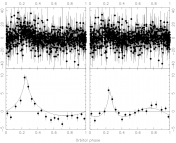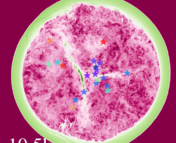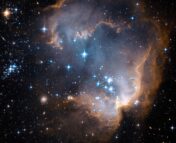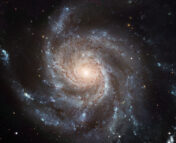Title: UOCS. IV. Discovery of diverse hot companions to blue stragglers in the old open cluster King 2
Authors: Vikrant Jadhav, Sindhu Pandey, Annapurni Subramaniam, Ram Sagar.
First Author’s Institution: Indian Institute of Astrophysics
Status: Accepted in JAA [closed access]
Blue stragglers are mysterious stars that appear brighter and hotter than other stars with similar ages and masses. Although the exact origin of these stars is not known, they are thought to be formed when stars in a binary system interact with each other. The authors of today’s paper search for blue stragglers in the open cluster King 2, and look for evidence of binarity in these stars.
The curious case of blue stragglers
Blue straggler stars in a stellar cluster can be identified from its Hertzsprung-Russell (HR) diagram (Figure 1). Stars that are burning Hydrogen in their cores lie on the Main-Sequence in the HR diagram. Higher mass stars exhaust their core hydrogen faster than low mass stars, and subsequently leave the main sequence. Thus, there is a maximum mass above which stars in a cluster no longer lie on the Main Sequence. This point in the HR diagram is called the Main Sequence Turn-Off (MSTO), and represents the most massive star that is still burning core hydrogen. Blue stragglers seem to lie on the Main-Sequence but they appear much brighter (i.e. more massive) than the MSTO. They thus occupy a region of the HR diagram that we expect to be empty, and pose a challenge to existing stellar evolutionary models.
A possible explanation for blue straggler stars is that they are formed in binary systems. The mass of the secondary star in a binary system can be increased dramatically if the primary star transfers some of its mass onto it. This increases the amount of hydrogen in the core of the secondary star, causing it to stay on the Main Sequence longer than other stars with the same mass. The same effect can be seen if the two stars in the binary merge to form a single, more massive star. The increased mass also makes the star appear brighter and hotter. There is some observational evidence to support the binary argument. However, it is still not clear how many blue stragglers are part of mass-transferring binaries and how many are single stars formed from binary mergers.
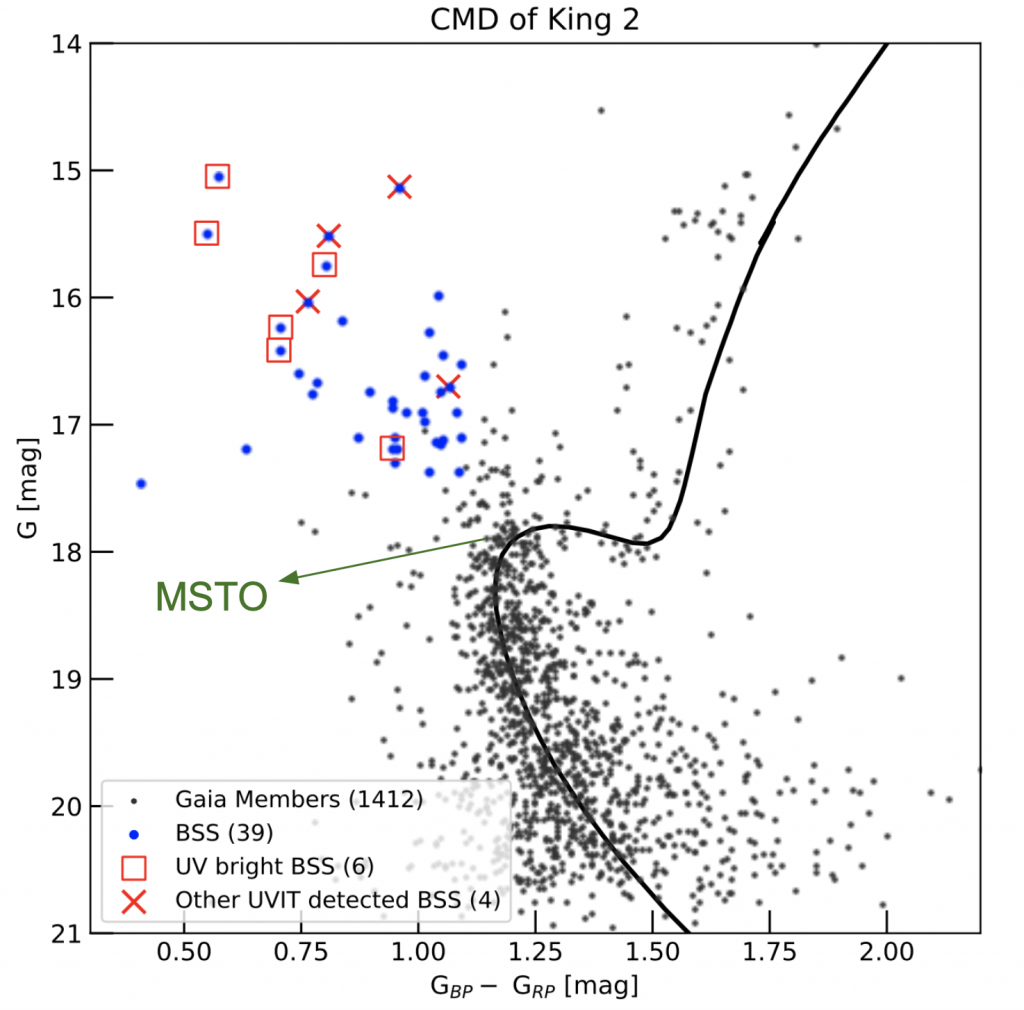
Searching for hot binary companions of blue straggler stars –
The authors of today’s paper searched for binary companions of blue straggler stars in the open cluster King 2. King 2 is one of the oldest stellar clusters in the Milky Way, with an age of 6 billion years and a distance of 5700 parsecs (~17000 light years) from the Sun. Previous studies have identified thirty blue straggler stars in this cluster. The authors observed this cluster with the Ultra-Violet Imaging Telescope (UVIT) instrument on-board the Astrosat space telescope. They detected ten of the thirty known blue straggler stars in their ultraviolet (UV) observations. Stars need very high temperatures (>10000 K) to show strong UV emission. However, blue stragglers have relatively low temperatures (<8000 K). This indicates that there is a hot companion star lurking around these blue straggler stars.
To quantify the contribution from the hot companion star, the authors collate multi-wavelength data for these ten blue stragglers from other astronomical surveys like PanSTARRS and Gaia (optical), 2MASS (near-IR) and WISE (mid-IR). They construct spectral energy distributions (SEDs) – brightness as a function of wavelength – for these stars. These SEDs can be modeled to derive the temperature, radius and mass of the star. The authors first fit all of their SEDs with models of single stars. The optical and IR data are well fit by these models, and suggest temperatures of 5750-8250 K and masses of 1.2-1.9 M☉ for the blue stragglers. However, they find that six stars in their sample show excess UV emission that cannot be explained by single star models (Fig 2). They attribute this excess UV emission to a hot companion star around these blue stragglers.
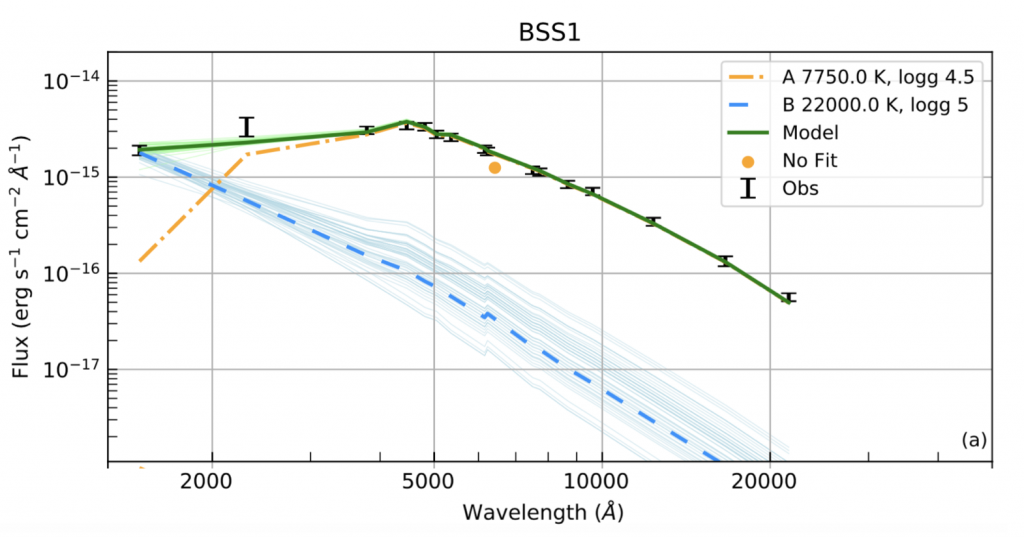
What are these hot companions?
The authors model the excess UV emission and find that the hot companions have temperatures in the range 14000-26000 K and radii of 0.09 – 0.27 R☉. These properties suggest that they could be Extreme Horizontal Branch (EHB) stars or Subdwarf B (sdB) stars. EHB and sdB stars are hot stars that burn Helium in their cores, and have bright UV emission owing to their hot temperatures. Moreover, sdB stars are usually found in mass transferring binary systems, further providing credence to the argument that blue stragglers originate in binaries.
If the EHB or sdB companions of these blue stragglers are confirmed, it would suggest that these ten blue stragglers are formed from mass transferring binaries and not stellar mergers. The authors calculate that their results indicate at least 15% of blue stragglers in King 2 could be formed from binary mass transfer. Spectroscopic observations to measure radial velocities of these stars will help better characterise their companions.
Astrobite edited by David Gooding
Featured image credit: Aaron M. Geller

